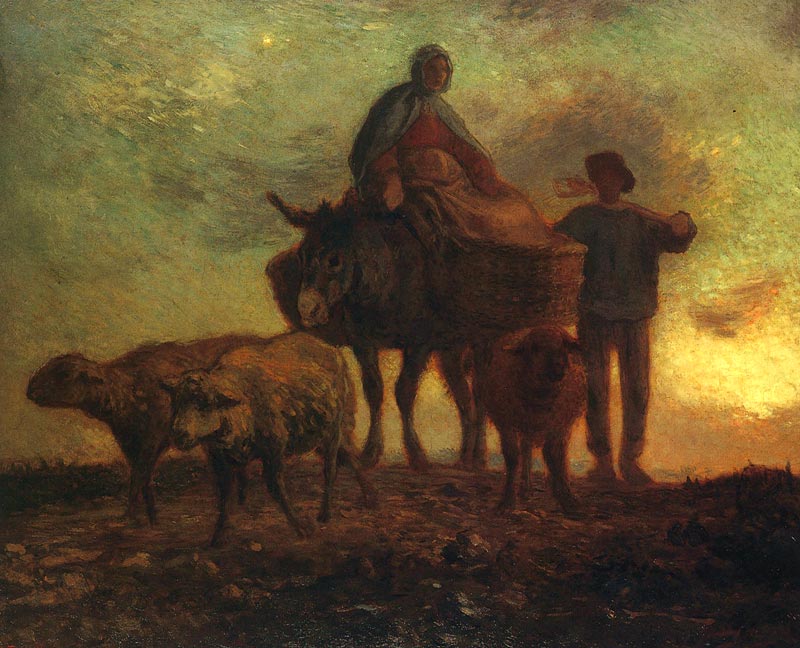Millet, Corot and Pleiades of Barbizon School
In an increasingly modern mid-19th century France, there was a group of artists who sought refuge from the urban bustle of Paris, and worked in the nearby village of Barbizon, situated close to the Forest of Fontainebleau. Referred to as the Barbizon School, these artists are today recognized for their pioneering contributions to modern painting, not least because they pursued a naturalism based on direct observation outdoors, paving the way for the emergence of Impressionism.

The deeply nostalgic and peaceful scenes painted by the Barbizon School artists reflected yearnings for the kinds of natural surroundings that were rapidly being lost to urbanization. They rekindle in today’s viewers the affectionate feeling for nature often lost in busy everyday lives.
This exhibition showcased 103 excellent works by 31 artists, including the “Pleiades” of the Barbizon School—Millet, Corot, Rousseau, Díaz de la Peña, Troyon, Dupré and Daubigny - as well as Charles-Émile Jacque, realist painter Gustave Courbet and other associated artists.
Exhibits :
- 85 oil paintings, 14 works on paper, 1 glass print
Catalogue Texts :
- Joseph WANG
- CHENG Chih-Kuei
Duration :
- July 2004 - August 2005
Venues :
- National Museum of History, Taipei, Taiwan
- Kaohsiung Museum of FIne Arts, Taiwan
- Seoul Arts Center, Korea
<image>
Jean-François Millet
Returning from the Fields
1873
DISCLAIMER : Unless otherwise stated, all the images and photographs displayed in this site are copyrighted by Brain Trust Inc., or by respective owners. Unauthorized use, duplication, distribution and/or publication is strictly prohibited.